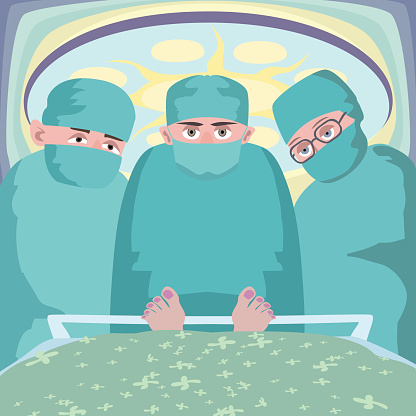When Conservative Care Doesn’t Work
Throughout this website you will see all of us encouraging conservative care and not to have low back surgery until you have exhausted all other avenues.
Most people do get better over time with physical therapy, medications, etc., but what if you don’t?
Let’s talk…….
If you have not improved in 3 months and the pain is having a significant effect on your life, it’s time to see if surgery is an option. This is an intimidating time for most people. Who do I see? What surgery do I need? Will I have to put my life on hold for this? Let’s start at the beginning. To pick a surgeon you should talk to your primary care physician, talk to your family, get advice from any medical people you know (ones that know Neuro
and Orthopedics). Check the online scores, check the experience level and whether he/she is board certified and make sure you are meeting your surgeon, not someone who works for him or her. (see blog on how to pick a surgeon).
Next, choose someone to go with you. You are in an emotional state at this time and in no shape to make life changing decisions on your own. Take notes, have questions ready and then get a second opinion. No good surgeon will ever mind you getting a second opinion and they should actually encourage it. The type of surgery will, of course, depend on what is wrong with you.
The biggest goal of spine surgery is decompression and stability. Proper examination and testing ahead of time will most often tell us where the nerve is compressed and if stabilization of the spine is needed. A good rule to follow is to go for the least invasive surgery that has a proven track record of pain relief.
If there is no sign of instability or multiple reherniations, then a fusion may not be warranted. There are several low back surgeries that are minimally invasive, outpatient and very effective at relieving pain. The removal of bone or disc off the nerve(s) may be all that is needed. The addition of screws and rods, though sometimes necessary, have the potential to cause further problems down the road.
A Lumbar Laminotomy and Discectomy is performed to remove pressure off of one or more nerve roots cause by a disc herniation or bone spurring. This less invasive procedure commonly is used to treat lumbar disc protrusions, lumbar disc herniations, and some forms of spinal stenosis. Lumbar Discectomy surgery has been shown to be successful with good to excellent results in up to 90% of patients with sciatica (leg pain)
based on a single level disc herniation with appropriate patient selection. This surgery is much more predictable for alleviating leg pain than back pain. Despite a successful outcome from surgery, a small percentage will develop a recurrent disc herniation at the same level. This procedure can be performed on an outpatient basis for most patients.
A Lumbar Laminectomy is performed to remove pressure from bone spurs and thickened ligament from off of one or more nerve roots. Removal of the back portion of the spine (lamina) creates more room within the spinal canal. This procedure commonly is used to treat lumbar spinal stenosis and lumbar spondylosis. This procedure does have a high success rate at reducing leg pain and improving functional abilities. Overall outcomes are largely dependent on the number of levels involved and whether there is an instability present. A fusion may be necessary for some following decompression to stabilize the spine.
A Transforaminal Lumbar Interbody Fusion (TLIF) is performed to stabilize the lower spine and to eliminate painful movement that may be caused by one or more segments. This procedure commonly is used to treat lumbar spondylolisthesis, lumbar degenerative disc disease and recurrent lumbar disc herniations. This procedure can be performed utilizing a minimally invasive approach to minimize soft tissue disruption and blood loss.
An implant is placed in the disc space to restore and maintain normal height while removing pressure off of the nerve roots. This procedure can be performed as an outpatient procedure for a select group of patients who require a one level fusion. Patients who require more than a one level fusion and/or those with other medical concerns likely would benefit from an overnight stay in the hospital after this procedure.
A Lumbar Interspinous or Interlaminar Spacer is an implant used to stabilize the spine following a decompression. In some cases, this technology is used in place of a traditional spinal fusion. This procedure commonly is used to treat a lumbar spinal stenosis and lumbar spondylolisthesis. At present, there are several different interspinous devices available. This intended to be a less invasive approach to stabilize the spine and maintain pressure off the spinal nerve while allowing natural motion. This procedure can be performed on an outpatient basis for most patients.
Almost every spine surgeon uses a different technique for surgery. They use different implants and surgical instruments. Often these instruments, such as Lasers, are just marketing ploys that provide no different outcome for the patient but sound cool and cost a lot. Do your homework, get a second opinion, trust your surgeon and follow your pre-op and post-op instructions. They have been developed for a reason. Spine surgery is not the scary deal is was even ten years ago but it is still the only spine you’ve got. Do it right the first time.
Last modified: December 11, 2020










